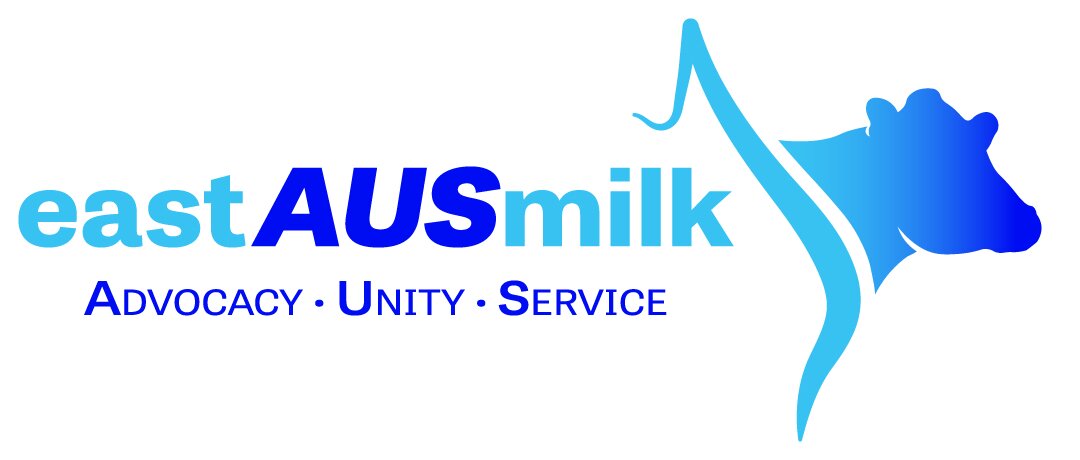Amabel and Martijn Visscher: Data drives profits for young Tongala dairy farmers
Building Numbers
One of their first strategic decisions was to rear young stock in a feedlot system, where they could carefully control nutrition.
“We didn’t buy any young stock with the place. And we have seen numbers dwindling over the past couple of years,” Amabel said. “We haven’t been able to keep up with replacements.
“As young people just starting in the industry, these high cattle prices have been really challenging. We got in with being able to buy the land just in time, before the skyrocket (in land prices).
“(With the feedlot) we can make sure we get them joined really early and they start producing milk as soon as possible, because we are able to guarantee the growth rates we need in this system,” Amabel said.
Calves are fed in three groups: 3-6 months, 6-13 months, and 13-months-plus, with heifers joined at 13-14 months using artificial insemination.
“We only do sexed semen and beef semen,” Amabel said. “All of our beef animals we either sell them privately to people who are going to grow them out or grow them out ourselves.”
Their first heifers are due to calve in October.
“Longevity is the ultimate goal; an animal that you have for a long time is the most profitable animal,” said Amabel, adding that they also choose semen and cull based on production.
Uniquely, the Visschers do AI twice a day at each milking, and use data from their heat-detection collars to finetune the process.
“We have the collars on the cows to get them in calf as soon as possible and not have the manual task of identifying heats,” Martijn said.
Investment in the collars was made possible through a grant. The system monitors rumination and activity to pinpoint the perfect window for joining individual cows, which is important with sexed semen, which has shorter shelf life, narrower breeding window and is nearly double the cost of non-sexed.
“The smart thing about the collars” Amabel said “is that they learn from themselves. It learns what each cow’s normal is and will tell you when there is a change from that cow’s normal.”
An auto-draft gate in the dairy works in conjunction with the collars.
To read the article in full you will need a subscription to the newspaper, if you already have a subscription or wish to subscribe go to: The Weekly Times
Source: Camille Smith, The Weekly Times, 15 June 2023
Kyabram dairy farmers boost soil nitrogen without urea
Urea prices of $1300 a tonne stretch their budget, so this Kyabram family is trying something different in their paddocks.
Dairy farmer Andrew Murphy has a bright idea that he hopes will lead to big savings on input costs and boost soil health on his family’s Kyabram farm.
It is an experimental plan to use a multi-species forage crop – including vibrant sunflowers now in bloom – planted across 10ha to decrease the need for urea.
“We thought when fertiliser prices are at record levels there is no better time to try something new,” Andrew said.
Andrew works full time running 530 Holsteins on the 345ha property with his parents, Kevin and Jan, and his partner, Stephanie Mendes.
This is the first time they have dabbled in regenerative agriculture, starting the trial in November against a backdrop of skyrocketing fertiliser prices.
They sowed a mix of 10 plant species, including sorghum, millet, cow peas, fenugreek, lab lab, sunflower, mustard, forage rape, buckwheat and mammoth purple top turnip.
“A few of the species didn’t survive. A lot of the broad leaf plants didn’t love the flood irrigation,” Andrew said. “But the sunflowers and sorghum and millet have really thrived.”
Their cows graze the paddock every 10 days. The goal is to add diversity to the herd’s diet, unlock soil nutrients and mulch the organic matter back into the ground to increase nitrogen.
Andrew said the “ideal outcome” would be to reduce their reliance on synthetic fertilisers over the next five years.
“As a dairy we have a high rate of phosphorous in our soils,” he said. “It is only really nitrogen that our soils are deficient in.
“So we are trying to use plants to fix nitrogen, as opposed to using urea at $1300 a tonne.
“Short term we will probably lose a little in milk (production), but financially you haven’t got the inputs so you should be better off.”
Some of the shorter plant species had been munched by the herd already, while the tall sunflowers would be one of the last to be grazed due to their height, Andrew said.
Meanwhile, the flowers have also attracted plenty of pollinators.
“It is pretty cool to see all the bees in them,” Andrew said.

